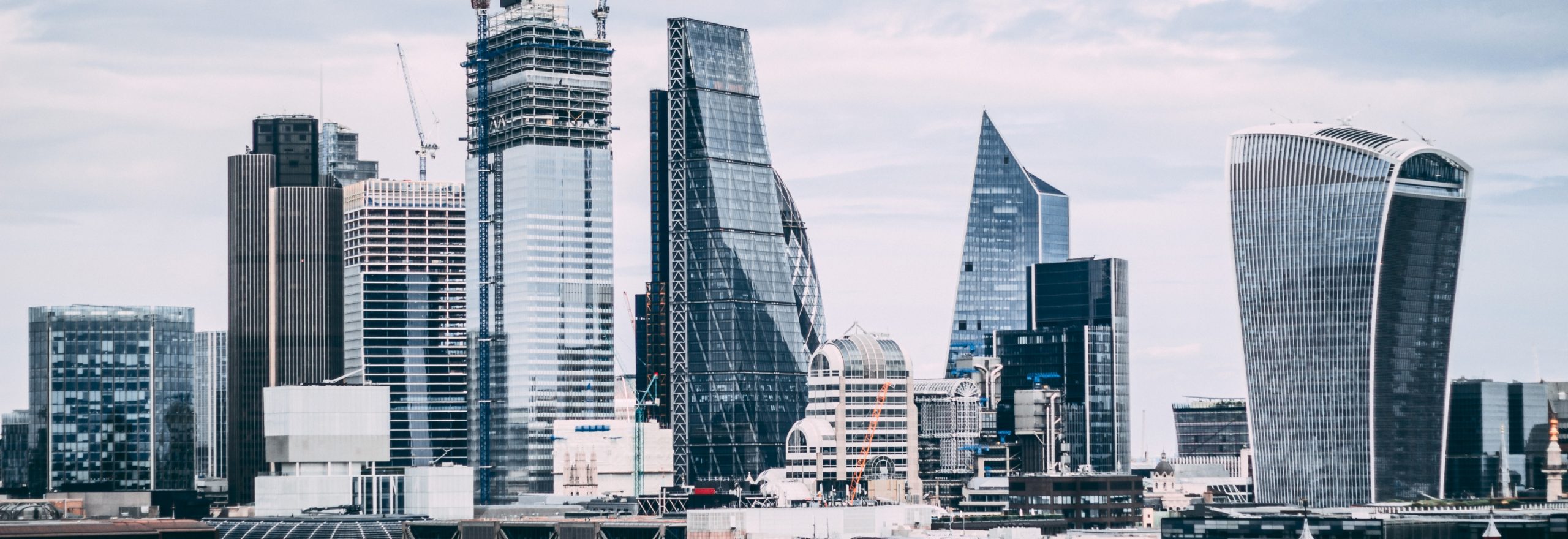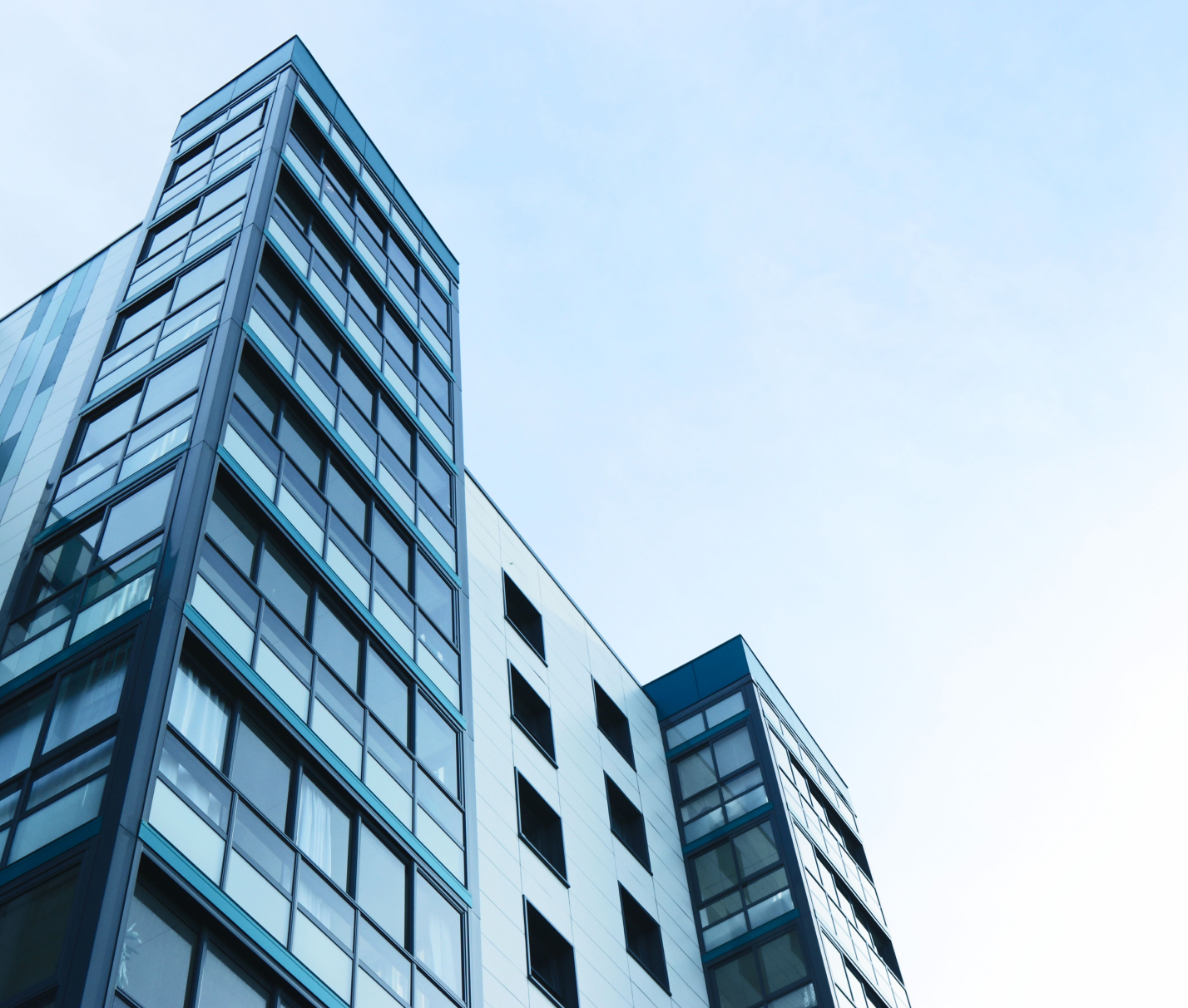PPVS Complete Facilities Management

What is Cladding in Construction?
Cladding is an important component found in modern construction that provides both an aesthetic and practical function. It helps to insulate buildings and protect them, which in turn improves the building’s exterior’s overall longevity and appearance. Cladding is inherently versatile, making it useful across many different types of buildings and can provide different benefits depending on how the building is being used. So, in this post, we’ll learn more about what cladding in construction is, the common types of cladding and more.
Before any evaluation is reviewed when deciding a cladding contractor or product, there must be an accreditation approval, approval mark of product quality, review with insurers and architects to determine if suitable. Ultimately if you have any doubts about a cladding profile or product, you would have to obtain a specialist report from a qualified professional surveyor from either a Chartered Member of RICS (MRICS) or a RICS Fellow (FRICS).
What Exactly is Cladding?
Cladding refers to any material that is added to the exterior of a building to protect the underlying structure from the elements while providing aesthetic appeal. It’s essentially a protective layer that’s non-structural, meaning it doesn’t support the building, but significantly contributes to its longevity and energy efficiency. The cladding system itself could include things like an environmentally exposed outer layer, insulation, cavity barriers and many other components.
Is Cladding Dangerous?
Cladding isn’t inherently dangerous, but depending on the type used it could pose a potential fire risk. Cladding made from panels fixed to the framework of a building – and that use combustible materials in their design – do potentially pose a fire risk. So, the question of whether cladding is dangerous depends on the materials used and the implementation methods.
Some materials can pose fire risks if not properly installed or if they fail to meet safety standards. However, with proper selection and adherence to building codes, cladding can be made safely integral to modern construction. It’s equally important to keep cladding in good condition, so building fabric maintenance can help ensure cladding is kept safe at all times.
What is the Purpose of Cladding?
Cladding serves several important functions in building construction that make it useful across many different projects. There are three main areas where cladding can provide benefits to buildings, which are:
- Enhancing Aesthetic Appeal: Cladding offers a significant transformation in the external look of a building, providing architects and designers with numerous style, texture and colour options.
- Providing Insulation: Cladding is also a useful form of insulation, helping maintain internal temperatures which reduces energy costs and promotes sustainability in construction.
- Protecting Against Weather Elements: Cladding materials protect the building’s structure from weather damage including rain, snow, heat, and wind, thus prolonging the building’s life.
Most Common Types of Cladding
The choice of cladding material for a building can depend on several factors such as aesthetic preference, the surrounding climate and environment, budget costs, and its intended use. The most common types of cladding used include:
Stone Cladding
Stone cladding offers a natural appearance and substantial durability. It is frequently used for both interior and exterior walls, giving a classic, rugged beauty that also helps in insulation. Stone is highly durable but can be more expensive and heavier, which may influence structural considerations.
Brick Cladding
Brick cladding is favoured for its traditional aesthetic and its ability to blend into various designs from rustic to contemporary. It is exceptionally durable, low maintenance, and provides excellent thermal mass, keeping buildings cool in summer and warm in winter.
Metal Cladding
Metal cladding is made from various metals including aluminium, steel, and copper. It is chosen for its modern look, lightweight properties, and high durability. It’s often used in commercial buildings and is appreciated for its easy installation and minimal maintenance needs.
Timber Cladding
Timber cladding is prized for its natural beauty and the warmth it adds to buildings. It is sustainable and carbon-efficient but requires regular maintenance to protect against weather and decay. Timber cladding is versatile and can be used in both traditional and modern architectural designs.
Glass and Composite Materials
Innovations in glass cladding allow for energy-efficient and visually appealing exteriors that maximise natural light. Composite materials, such as fibre cement, offer high durability and resistance to decay, pests, and fire. They are increasingly popular due to their ability to mimic other materials like wood and stone but with less maintenance and often at a lower cost.
Cladding Regulations in the UK
Following major events such as the Grenfell Tower fire, the UK has tightened regulations regarding building cladding by implementing the Building Safety Act 2022. These tragedies highlighted the dangers of combustible cladding materials on high-rise buildings, leading to rigorous assessment and replacement of unsafe cladding across the country. The latest regulations are strict with a clear focus on fire safety, requiring materials to meet specific safety standards to be approved for use on buildings.

Get in touch to see how we can help with your Facilities Management.
For general enquiries please fill out the form and our team will be back in touch. Or give us a call or email using the details below.







